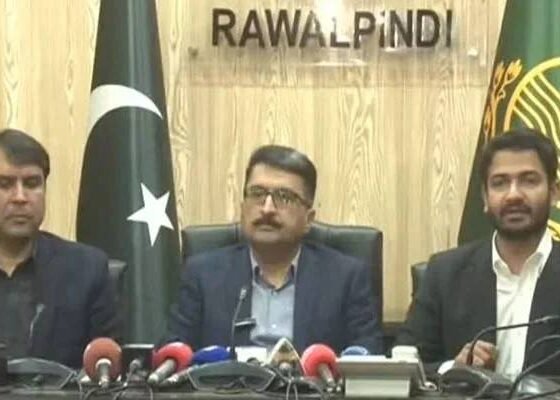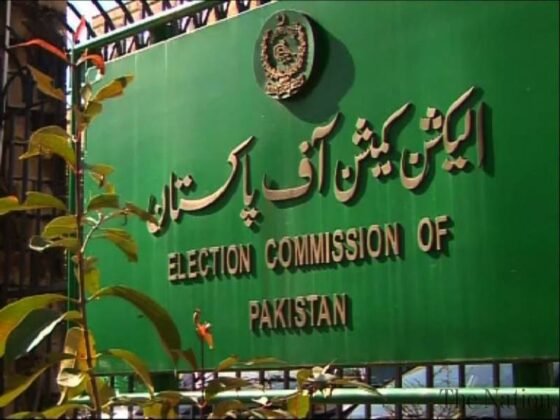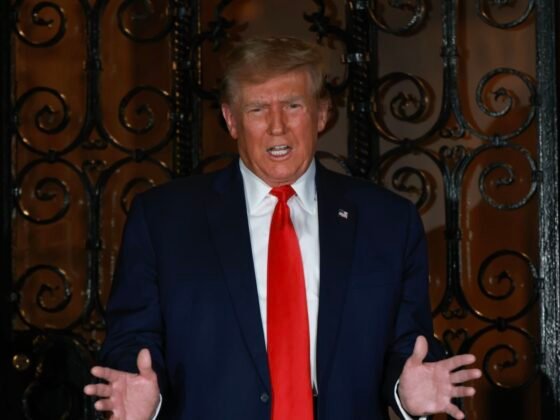Discussions about Pakistan’s international coverage challenges usually concentrate on its relations with its neighbors – notably India and Afghanistan – and with higher powers similar to the USA and China. However Pakistan’s relations with the Center East are shifting on the quickest clip with vital implications for its safety and economic system. The best way by which Pakistan responds to the deepening regional rivalry between Saudi Arabia and Iran in addition to the continued dispute throughout the Gulf Cooperation Council (GCC) could have a significant impression on stability within the close to time period.
Pakistan’s Balancing Act
From a safety perspective, Pakistan’s Center East coverage has largely targeted on limiting the home fallout of sectarian tensions stemming from the Saudi Arabia-Iran rivalry. Pakistan is a Sunni-majority nation, however Shias account for round 20 % of the entire inhabitants. The nation has the second-largest Shia inhabitants on the planet after Iran. It additionally has a historical past of sectarian violence comprising violent clashes and spirals of tit-for-tat assassinations between Sunni and Shia teams. Greater than 21,900 civilians have misplaced their lives in sectarian violence since 2003, in line with the South Asia Terrorism Portal. Pakistan within the 1990s turned the frontline in a proxy sectarian struggle between Saudi Arabia and Iran as the 2 nations supplied monetary and logistical assist to Sunni and Shia teams, respectively, as a part of a wider tussle for affect within the Muslim world.
Owing to this historical past, Pakistan stays cautious of being drawn into energy struggles alongside sectarian strains as they’re presently taking part in out within the Center East. The political and financial resurgence of Iran following the implementation of the nuclear deal in 2016, and Iran’s willingness to interact in proxy warfare in conflicts in Syria, Iraq, Lebanon, and Yemen over the previous few years, has made Islamabad notably cautious of such an end result within the foreseeable future.
Pakistan’s Center East coverage in recent times can thus be perceived as a balancing act between Saudi Arabia and Iran: it maintains an ideological affinity,a deep navy and financial relationship, and robust management ties with the Kingdom whereas additionally forging financial and counterterrorism hyperlinks with Iran. In 2015, Pakistan’s parliament voted in opposition to offering political and navy assist for Saudi Arabia’s navy intervention in Yemen in opposition to Houthi rebels that Riyadh claimed have been Iranian proxies to keep away from being instantly implicated within the Center Japanese battle. Following Saudi Arabia’s launch in December 2015 of the Islamic Navy Alliance (IMA) – a 41-country alliance dubbed a “Muslim NATO” with a counterterrorism mandate – Pakistan hosted Iranian President Hassan Rouhani to reassure Tehran that the IMA just isn’t an anti-Shia physique and, in August 2016, Islamabad and Tehran agreed on joint counterterrorism efforts to deal with the militant group Islamic State (IS).
However this balancing act is turning into extra precarious. In March 2017, Pakistan’s authorities authorized the appointment of Raheel Sharif, a former military chief, as the top of the IMA. Unconfirmed reviews point out that alongside this appointment, Pakistan will contribute 7,000 troops to the alliance, along with the hundreds – some analysts estimate the quantity to be as excessive as 70,000 – presently serving throughout Saudi Arabia’s armed providers in a coaching capability and defending its southern borders. Whereas it stays to be seen how the IMA will function, any counterterrorism initiatives directed in opposition to Iran can be perceived by Tehran as Pakistan selecting a aspect within the Center Japanese battle, with subsequent implications for safety alongside the 700-kilometre Pakistan-Iran border.










